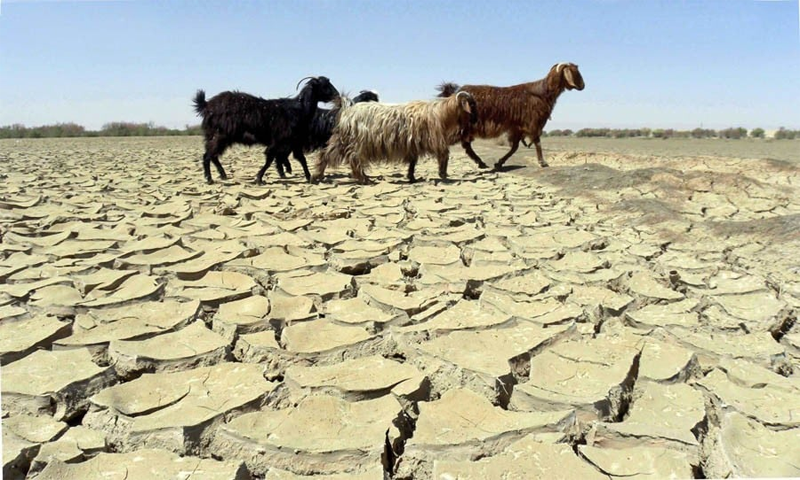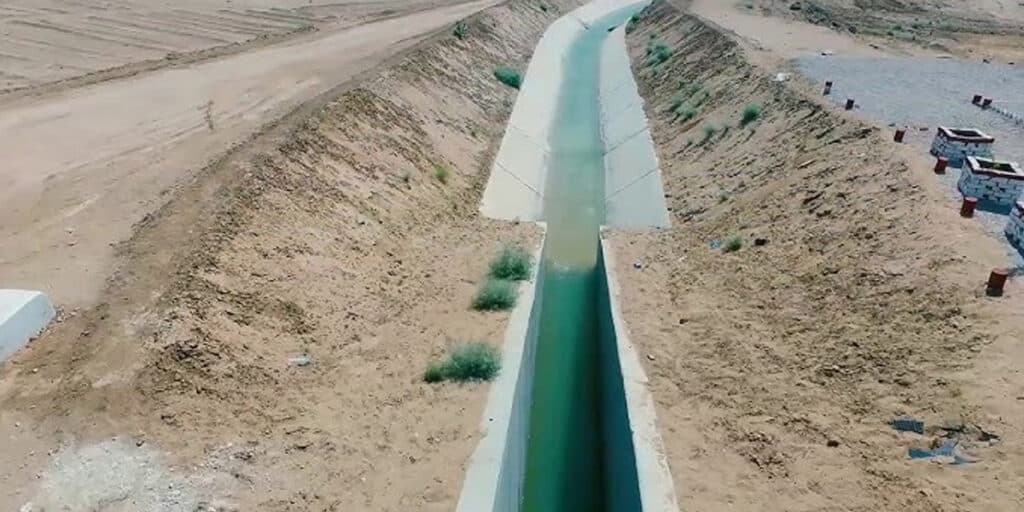QUETTA: The Pakistan Meteorological Department has issued a drought alert for 11 districts of Balochistan after rainfall dropped by nearly 80 percent over the past ten months.
According to a circular issued by the National Drought Monitoring Centre, rainfall in Quetta and 10 other districts of the province remained far below average, raising concerns over emerging drought conditions.
Deputy Director of the Meteorological Department Muhammad Afzal said the expected drought could severely impact the agriculture sector. Officials from the Livestock Department warned that around 80 percent of the province’s livestock depends on natural pastures, which are drying up fast due to the lack of rain.
They cautioned that both herders and their animals would face hardships if grazing lands continue to shrink.
The circular directed local authorities to reactivate district coordination committees, launch awareness campaigns, and ensure timely data sharing and preventive measures to cope with the evolving drought situation across the province.
Earlier, the NDMA report identified several high-risk districts in Balochistan — including Chagai, Noshki, Panjgur, and Gwadar — where groundwater levels are already critically low, increasing the province’s vulnerability to drought. Water scarcity in these areas has become a major challenge for both agriculture and livestock.
Experts say Balochistan’s weather patterns have changed dramatically in recent years. Once known for timely winter rains and early snowfall on mountain ranges, the province is now witnessing prolonged dry spells, with drought conditions worsening each year.
Kisan Ittehad Chairman Khalid Hussain Butt said Balochistan received far less rainfall this year compared to previous years. He noted that groundwater levels have dropped by 1,000 to 1,500 feet due to the lack of rain, worsening the province’s water crisis.
According to Butt, water shortages have led to a 25 to 30 percent decline in crop and fruit yields. He warned that the water crisis in Balochistan is not only crippling agriculture but also undermining rural livelihoods, and many farmers may abandon their businesses if the situation persists.





